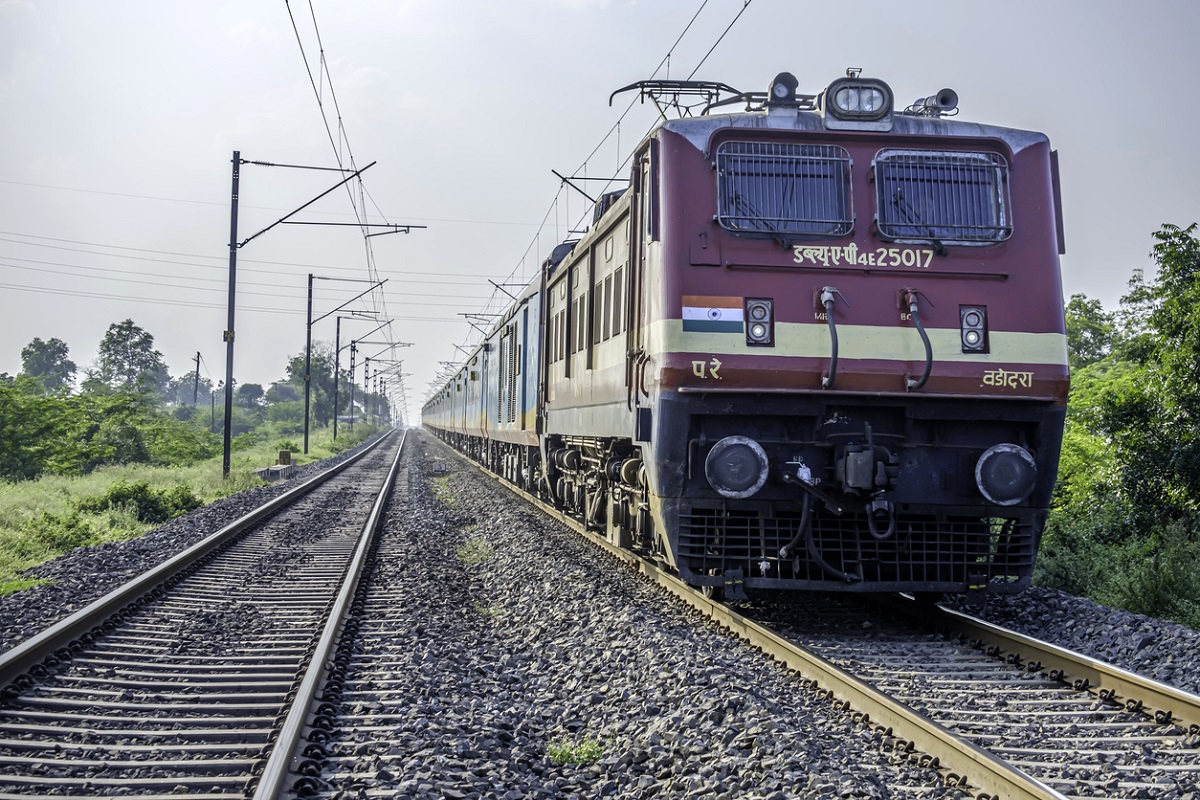As a greenfield project at an estimated cost of Rs 30,000 crore, Indian Railways is actively contemplating on building a semi-high speed track suitable for trains running at 200 kmph on the surface level near the current track between Bangalore and Secunderabad.
As part of the Gati Shakti effort, the Railways wants to cut the distance between Umdanagar, near Secunderabad, and Yelahanka, in Bangalore, from the current 622 km to 503 km.
Estimated to cost about Rs 60 crore per km including the low side walls on both sides, the proposed route is an attempt to economise on the cost by avoiding multiple detours. Fencing or sidewalls at both sides of the track is a must for semi-high speed trains. It has been proposed to build 1.5 metre height sidewalls along the new track to provide an exclusive right of way to the semi-high speed rail operations.
The elevated route with viaducts like RRTS corridor between Delhi and Meerut or Mumbai-Ahmedabad bullet train route is slated to be around Rs 300 crore per km. Due to road over bridges (ROB) in city areas, an elevated track along the existing tracks would require multiple detours leading to requirement of number of vertical – horizontal curves. Currently, the Railways is upgrading two routes between Delhi-Mumbai and Delhi-Howrah for running trains at 160 kmph speed.
However, discarding the option of upgrading the existing track to 200 kmph level, the Railways would now explore the possibility of developing semi-high speed track at grade level as a demonstrative project to begin with. As per the plan, a new line would be constructed with a separate train control system and signalling near the existing track for which a detailed project report would be commissioned shortly. The indigenously developed signaling system Kavach meant for 160 kmph and above speed.
The ambitious Gati Shakti project connecting two IT cities is still in the drawing board stage, the preparatory work has begun for the detailed project report. The Railways has recently floated tenders for manufacturing of 200 Vande Bharat trains with maximum speed of 200 kmph.
As part of the rolling stock modernisation plan, the Railways is gearing up for modern systems such as articulated bogie or tilting coaches, the state-of-the-art technology along with an upgraded version of train communication system. Besides, there would be 302 Vande Bharat trains with 160 kmph speed. So our rolling stocks are becoming compatible for semi-high speed operation, said a senior Railway Ministry official.










